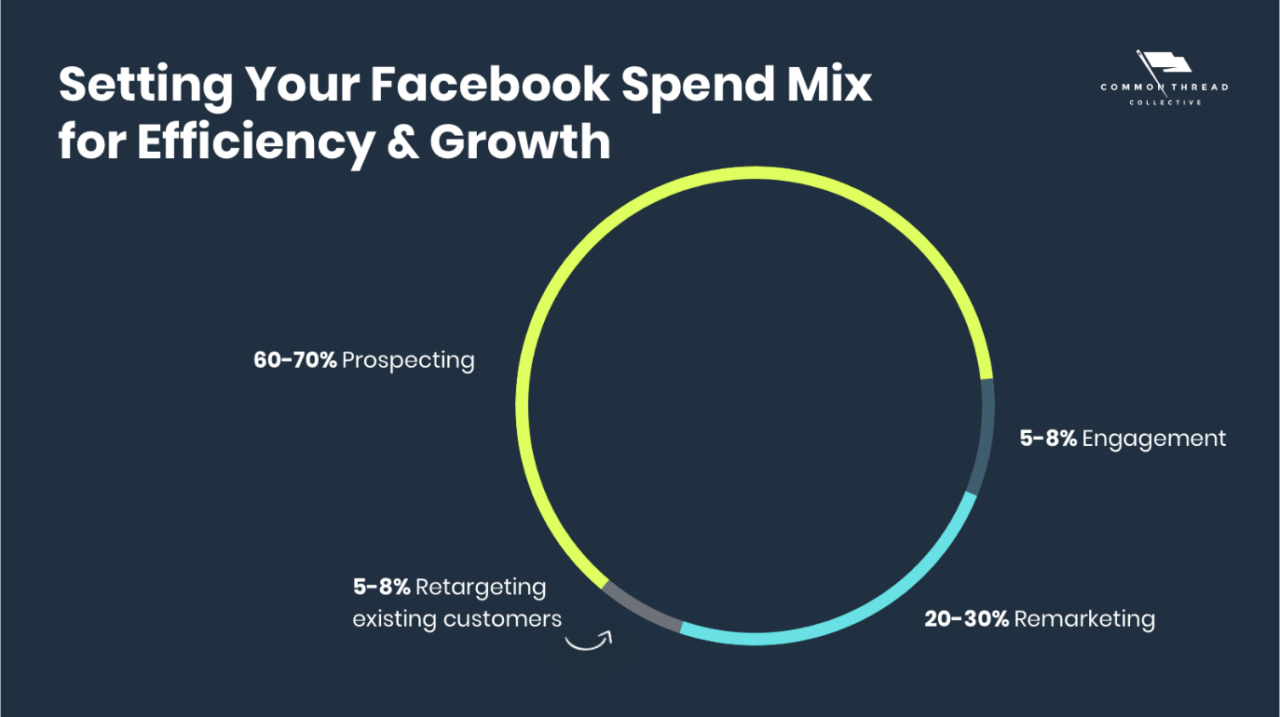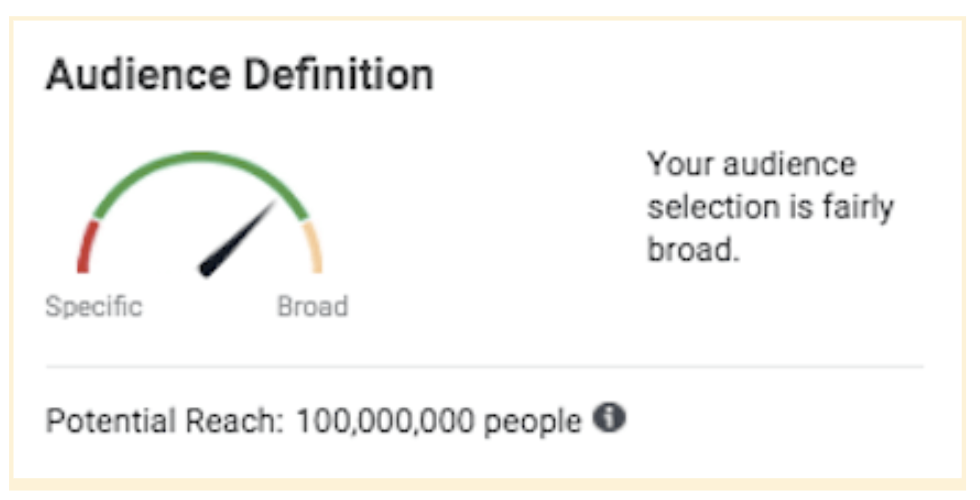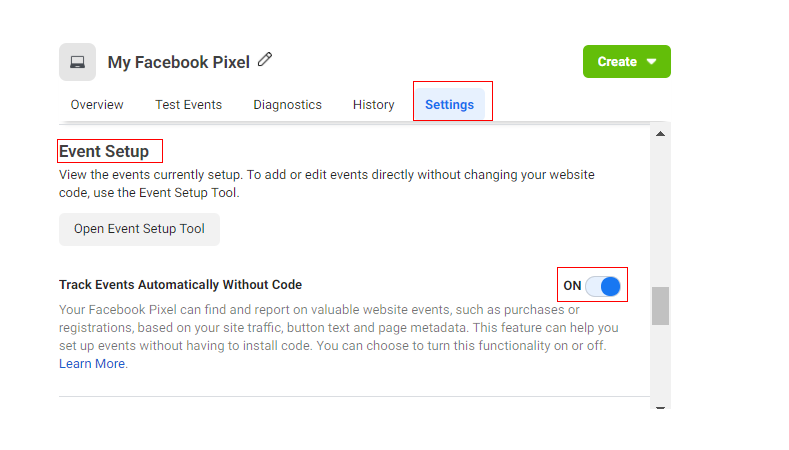It can be pretty obvious when your PPC campaigns aren’t performing well on Meta Ads (or Facebook Ads). What’s not always that obvious is what’s contributing to their underperformance. That’s where a thorough Facebook Ads audit comes in.
In this post, we’ll go through a list of points to look at in your Facebook Ads manager account, including what red flags to look out for and any indications of suboptimal campaign settings and components.
How Do I Approach a Facebook Ads Audit?
It can be intimidating, at first, to know what to look for in your Facebook Ads audit. Basically, you’ll need to dig into the nooks and crannies of seven major areas of your ad account. Each area carries more or less relevance on its own, but in order to capture a holistic view of your account, it’s wise to look at all aspects in tandem with each other.
The overarching areas to consider are as follows:
If you give a keen eye to each of these areas in the way we discuss here, you should have a pretty good idea as to what problem areas you might have, and what potential avenues your ad account has to grow in.
Let’s go through each area of importance when conducting a Facebook Ads audit.
Dive Deeper: Best Facebook Ads Agency: The Top 5 Choices for 2023
1) Ad Account Structure
Auditing the ad account structure is essential for ensuring efficient campaign management and optimization. In this process, you evaluate the organization and categorization of campaigns, ad sets and ads within the Facebook Ads account. A well-structured account enables easier management and analysis, leading to improved campaign performance.
Here are some things to stay aware of when you evaluate your Facebook Ad account structure:
✅ Campaign Structure
Assess how your campaigns are structured based on your objectives for the campaign.
Think about how the campaign hierarchy is laid out and if the ad sets therein are organized in a logical manner. With the help of clear naming conventions and consistent settings, you’ll be able to compartmentalize campaigns and ad set data easily in any report.
✅ Ad Set Organization
Review how ad sets are grouped within campaigns. Ensure that they are segmented appropriately based on audience targeting, demographics or specific ad placements. This allows for better control over budget allocation and optimization strategies.

✅ Ad Grouping
Analyze how ads are grouped within ad sets. Evaluate if they are categorized based on variations in ad creative, messaging or targeting parameters. This enables easier testing and optimization of different ad variations.
✅ Naming Conventions
Check if the account follows a standardized naming convention for campaigns, ad sets and ads. Consistent naming makes it easier to navigate and analyze the account’s performance.
✅ Ad Account Access
Verify the access levels granted to different team members or agencies. Ensure that roles and permissions are set appropriately to maintain security and accountability.
Related Content: 50 Impactful Facebook Ads Statistics to Help Your Ads Strategy
2) Ad Targeting
Periodically revisiting your ad targeting settings is foundational in any audit. It will give you the chance to reconsider your original settings and either add or remove certain qualifiers for your audience. This is a particularly powerful technique once there is some data in the ad account for you to compare with your results.
When parsing through your ad targeting settings, consider the following components:
✅ Audience Definition
Consider how the target audience is defined for each campaign. Assess if the targeting parameters align with the campaign objectives and the intended audience. Make sure that your targeting options are fully and properly set, including:
- Demographics
- Interests
- Behaviors
- Custom audiences
✅ Audience Size
Analyze the size of the targeted audience for each campaign. A very broad audience will likely result in a wasted or poorly appropriated ad budget, while an excessively narrow audience may limit the reach. Find the right balance to achieve the ideal levels of reach and relevance that your budget can support.
✅ Audience Overlap
Check for any overlap between different ad sets or campaigns targeting the same audience. Overlapping audiences can lead to increased competition within your own account and drive up costs. Identify and address any overlaps to improve efficiency.
✅ Retargeting Strategy
Evaluate the implementation of retargeting campaigns. Assess if there are specific audience segments created for retargeting purposes, based on website visitors, app users or engagement with previous ads. Ensure that the retargeting strategy aligns with the campaign objectives and user behavior.
✅ Exclusion Targeting
Review the use of exclusion targeting to refine the audience further. Exclusion targeting helps exclude certain segments from seeing the ads, ensuring that the budget is focused on the most relevant audience.
You may also like: Google Ads Audit Template: Your Complete Checklist
3) Conversion Tracking
Conducting a thorough audit of conversion tracking is vital for understanding the effectiveness of Facebook Ads in driving desired actions.
By auditing conversion tracking, you can identify any issues or gaps in data collection, ensure accurate measurement of campaign performance, and make informed optimization decisions.
Below are a few items to look at when you’re validating conversion tracking:
✅ Pixel Implementation
Review the installation and configuration of the Facebook pixel on your website or app. Ensure that it is correctly placed on all relevant pages and firing accurately. Verify that the pixel is tracking standard events, such as purchases, registrations or form submissions, based on your campaign goals.
✅ Custom Conversions
Assess the setup of custom conversions to track specific actions or events that are unique to your business. Verify if the custom conversions are properly defined and linked to the appropriate ad sets or campaigns.
✅ Attribution Window
Evaluate the attribution window settings to determine the time frame during which conversions are attributed to the ads. Consider the typical conversion cycle for your business and ensure that the attribution window aligns with it.
✅ Offline Conversions
If applicable to your brand, review the implementation of offline conversion tracking. This allows you to measure the impact of Facebook Ads on offline sales or conversions. Verify if offline events, such as in-store purchases or phone inquiries, are being accurately tracked and attributed to the respective ads.
✅ Data Accuracy
Test the accuracy of conversion tracking by performing test conversions or using Facebook’s test events feature. This helps ensure that the data reported aligns with the actual conversions happening on your website or app. You can do this through tools like Google Tag Manager, which helps advertisers tests tracked website events that come from your Facebook ad campaign.
4) Creative Ad Assets
Evaluating the creative ad assets is crucial for assessing the visual and textual components of your Facebook Ads.
By auditing creative ad assets, you can identify opportunities for improvement, enhance engagement and refine your messaging to resonate with your audience.
Here are some key points to consider during the Facebook Ads audit:
✅ Ad Visuals
Review the quality and relevance of the images or videos used in your ads. Assess if they align with your brand identity, messaging and campaign objectives. Look for opportunities to refresh or update creative elements to maintain engagement and interest.
✅ Ad Copy
Analyze the ad copy, including headlines, descriptions, and call-to-action (CTA) buttons. Evaluate if they effectively communicate the value proposition, generate interest, and drive action. Consider testing different variations of ad copy to identify high-performing messaging.
✅ Ad Formats
Assess the utilization of different ad formats available on Facebook, such as single image ads, carousel ads, video ads, or collection ads. Determine if the chosen formats are suitable for your campaign objectives and audience preferences.
✅ Ad Compliance
Ensure that your ad creative complies with Facebook’s advertising policies and guidelines. Check that the ads adhere to the rules regarding text-to-image ratio, prohibited content, and any specific requirements for certain industries.
✅ A/B Testing
Check if A/B testing is being implemented to compare the performance of different ad variations. Evaluate if sufficient testing is conducted to optimize creative elements and identify the most effective combinations.
Dive Deeper: 8 Facebook Ad Copywriting Tricks to Maximize Conversions
5) Retargeting
Auditing retargeting campaigns is essential for maximizing conversions and engagement with your audience.
It’s quite unfortunate that retargeting is often left as an afterthought for most advertising brands. It’s wise to periodically look at your retargeting results as it can help inform you on how to optimize the effectiveness of your campaigns by accessing users who previously engaged with your brand.
Here are some important details to consider when reviewing the state of your retargeting efforts:
✅ Audience Segmentation
Evaluate the segmentation of retargeting audiences based on specific behaviors or actions. Assess if there are different audience segments created for website visitors, abandoned cart users, or past customers. Ensure that the segments are properly defined and targeted with relevant ad content.
✅ Ad Frequency and Timing
Review the frequency and timing of retargeting ads. Assess if the frequency of ad impressions is reasonable and not overwhelming for users. Consider if the timing of the retargeting ads aligns with the user’s browsing behavior and the typical conversion cycle for your business.
✅ Ad Creative Variation
Evaluate if there is sufficient variation in ad creative for retargeting campaigns. Assess if different messaging or offers are tested to re-engage users effectively. Consider using dynamic ads that dynamically populate with products or content that users have previously shown interest in.
✅ Exclusion Lists
Review the implementation of exclusion lists for retargeting campaigns. Ensure that users who have already converted or taken the desired action are excluded from further retargeting to avoid redundancy and optimize budget allocation.
✅ Ad Sequencing
Assess if ad sequencing is utilized to create a cohesive and strategic user journey. Evaluate if retargeting ads are structured to guide users through the sales funnel, with each ad serving a specific purpose or message based on their previous interactions.
Dive Deeper: How to Easily Set Up a High-Conversion Facebook Retargeting Campaign
6) Budget Expansion Potential
When auditing a Facebook Ads account, it’s essential to assess the budget expansion potential to determine if there are opportunities to scale and optimize ad spend.
In auditing the budget potential or possible limitations of your ad account, you can identify areas where budget reallocation or increase can yield better results, optimize campaign performance, and maximize the efficiency of your Facebook Ads investment.
Below are some important budget planning tips to consider:
✅ Campaign Performance Analysis
Compare the results of each of your campaigns and ad sets in relation to how much budget was applied to each. Identify high-performing campaigns that generate a positive return on ad spend (ROAS) and have the potential to scale.
Campaigns that have stronger KPI metrics, like a good conversion rate, should be heavily considered in reallocating more of your budget to those particular campaigns.
Dive Deeper: Facebook Ads E-commerce Case Studies that Increased ROAS
✅ Ad Set Optimization
Analyze the performance of individual ad sets within campaigns. Identify the top-performing ad sets in terms of conversion rates, cost per conversion, or engagement metrics. Consider reallocating the budget from underperforming ad sets to those that deliver better results.
✅ Audience Expansion
Explore opportunities to expand the target audience while maintaining relevance. Consider targeting broader but still relevant demographics or exploring new interest categories to reach a wider audience.
✅ Testing New Strategies
Allocate a portion of the budget to test new targeting options, ad formats, or creative variations. This allows you to identify potential areas of improvement and optimize your campaigns.
✅ Incremental Budget Increases
Gradually increase the budget for well-performing campaigns, or ad sets to assess their scalability. Monitor the impact of budget increments on key performance indicators and ensure that the returns justify the increased spending.
Dive Deeper: 10 Best Facebook Advertising Strategies to Drive More Revenue
7) Landing Pages
Frequently assessing your destination pages is crucial as they each play a significant role in converting ad clicks into desired actions.
By reviewing each and every landing page for your Facebook ad account, you’ll be able to identify areas of improvement and optimize the conversion funnel. Improving the relevance, user experience, and conversion rate of landing pages can have a significant impact on the overall effectiveness of your Facebook Ads campaigns.
Here are some key points to consider when assessing landing pages during your Facebook Ads audit:
✅ Relevance and Alignment
Evaluate if the landing pages align with the messaging and offers presented in the corresponding ad. Ensure that the landing page content and visuals provide a seamless and consistent user experience.
✅ Clear Call-to-Action
Assess if the destination pages have a clear and compelling call-to-action that prompts users to take the desired action. The CTA should be prominently displayed and communicate the value proposition effectively.
Moreover, the CTA should appear periodically through the top navigation of the landing page, as well as throughout the body of the page and again near the footer.
✅ User Experience and Design
Review the overall user experience of the destination pages by going through and asking yourself the following questions about the UI/UX of each landing page:
- Is it user-friendly?
- Is it easy to navigate?
- Is the page optimized for mobile devices?
- Are the design elements visually appealing, or are they distracting or incongruent with the brand?
- Does the page layout follow a logical sequence?
- How fast is the load time of the page?
How you answer each of these questions will help guide you in any possible improvements that should be made to bolster your landing page experiences and the overall efficacy of your conversion rate optimization efforts.
✅ Conversion Tracking
Verify that the conversion tracking pixels or codes are correctly implemented on the destination pages. This enables accurate measurement of conversions and allows for optimization based on landing page performance.
A/B testing: Consider implementing A/B testing to compare different variations of landing pages. Evaluate if different layouts, headlines, or visual elements can improve conversion rates. Test various elements and iterate based on the data collected.
Dive Deeper: How to Run A/B Tests that Actually Increase Conversions
Tying It All Together
Conducting an effective Facebook Ads audit for your ad campaigns is no small feat.
It requires letting go of pride behind the choices you made when you initially set up the campaign and being fully willing to tear apart your campaign from the seams to make it better.
Sometimes an audit will help you understand why a specific campaign did really well. In other cases, it will help you uncover a potential issue that stymied your strategy.
In either case, a thorough audit will help cue you in on the inner workings of your account and how you can plan better for the future.
Hopefully you learned how to do a Facebook Ads audit, but if you just want someone to do the work for you, Single Grain’s Facebook Ads experts can help!👇



